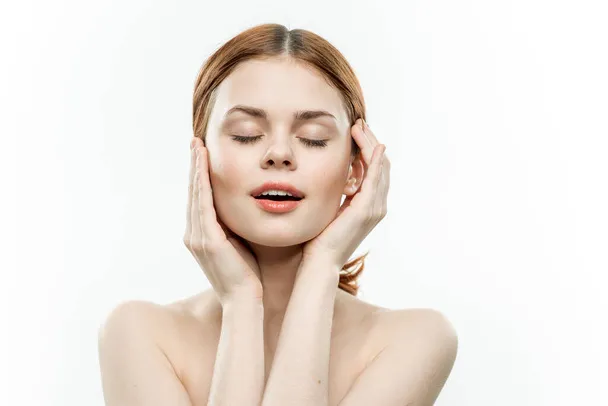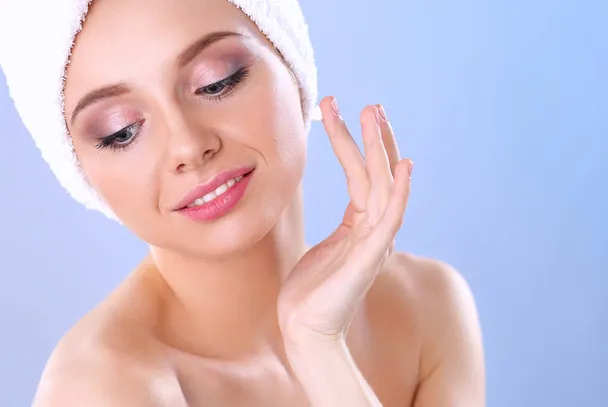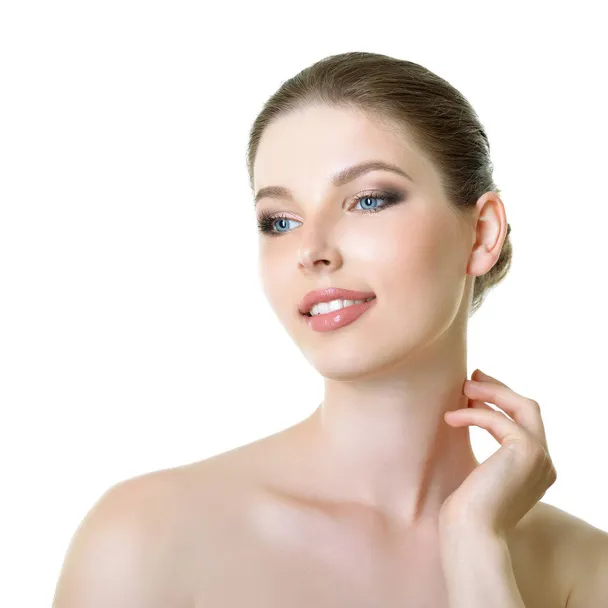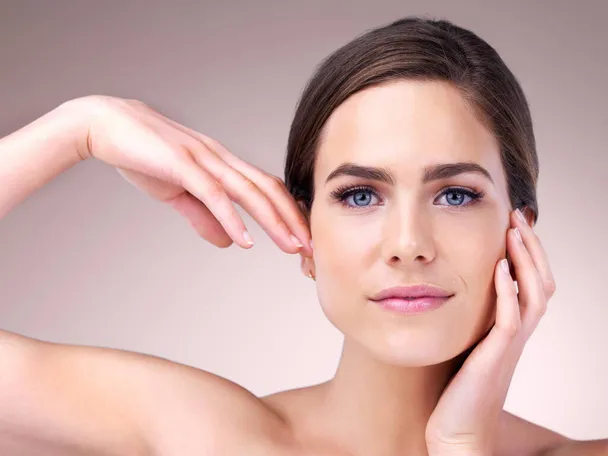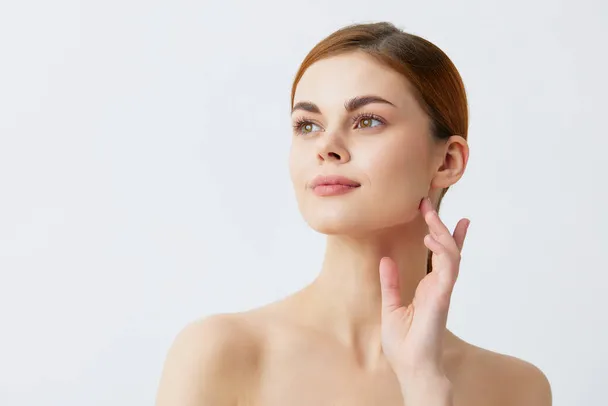The Potential Downsides of Heatless Curling Methods for Your Hair
Heatless curling methods have gained popularity as a way to achieve beautiful curls without subjecting hair to the damaging effects of heat styling tools. While these techniques offer a seemingly safer alternative, they may come with their own set of drawbacks that could compromise the health and appearance of your hair. In this article, we will explore some of the potential downsides of heatless curling methods and provide tips for minimizing damage while still achieving stunning curls.
Risk of Breakage and Damage: The risk of breakage and damage is a significant drawback associated with heatless curling methods. While these techniques offer a heat-free alternative to styling, they can pose serious threats to the health and integrity of the hair shaft. One of the primary culprits is the tension exerted on the hair during styling, particularly with methods such as overnight braiding or twisting. When done tightly or repeatedly, these techniques can place significant strain on the hair fibers, weakening them over time. This weakening makes the hair more susceptible to breakage and split ends, ultimately compromising its overall strength and vitality.
Furthermore, the use of accessories like hair ties or clips to secure the curls can exacerbate the risk of damage. These accessories, while essential for keeping the hair in place during styling, can create friction against the delicate hair cuticle. Over time, this friction can cause wear and tear to the outer layer of the hair shaft, leading to increased frizz, roughness, and even breakage. Thus, while heatless curling methods may seem gentler on the surface, they can still inflict significant harm if proper precautions are not taken.
To mitigate the risk of breakage and damage when using heatless curling methods, it’s essential to practice moderation and gentleness in styling. Avoid pulling or twisting the hair too tightly, as this can exacerbate tension and increase the likelihood of damage. Additionally, opt for accessories that are gentle on the hair, such as soft fabric hair ties or clips with smooth edges. By being mindful of these factors and taking steps to minimize tension and friction, you can enjoy the benefits of heatless styling while safeguarding the health and integrity of your hair.
Uneven Results: The effectiveness of heatless curling methods can be unpredictable due to their reliance on the natural texture and elasticity of the hair. While these techniques aim to create curls without the use of heat styling tools, their success often depends on individual hair characteristics such as thickness, length, and porosity. As a result, some individuals may encounter uneven or inconsistent results when attempting to curl their hair using heatless methods.
One common issue with heatless curling techniques is the difficulty in achieving uniform curls across all sections of the hair. Certain areas may respond better to the styling process, resulting in well-defined curls, while other sections may struggle to hold the curl or become frizzy. Factors such as hair thickness and porosity can contribute to these disparities, with thinner or more porous hair types often proving more challenging to curl evenly.
Additionally, the length of the hair can also impact the outcome of heatless styling methods. Longer hair may require more time and effort to achieve consistent curls, as the weight of the hair can weigh down the curls and cause them to lose their shape more quickly. This can result in uneven curl patterns and a less cohesive overall look.
Achieving uniform curls with heatless methods often requires experimentation and patience. Individuals may need to try different techniques, products, and styling methods to find what works best for their unique hair type and characteristics. This trial-and-error process can be time-consuming and may not always yield the desired results, leading to frustration for some individuals.
Prolonged Styling Time:
Compared to heat styling tools that offer quick and efficient curling solutions, heatless curling methods often demand more time and dedication to achieve the desired results. Techniques like braiding or twisting hair before bedtime usually require leaving the hair in position overnight to allow the curls to set properly. As a consequence, individuals using heatless methods must wait until the following morning to see the final outcome of their efforts.
This prolonged styling time can pose practical challenges, particularly for those with busy schedules or limited patience. Waiting overnight for the curls to develop may not be feasible for individuals who need to style their hair quickly before rushing off to work or other commitments. Furthermore, the extended waiting period may not align with everyone’s lifestyle preferences or time constraints, making heatless methods less convenient for everyday styling routines.
For individuals seeking a more time-efficient styling option, the extended duration required by heatless curling methods may deter them from incorporating these techniques into their regular hair care routine. Instead, they may opt for heat styling tools that offer faster results, allowing them to achieve their desired hairstyle within minutes rather than hours.
Despite the potential drawbacks of prolonged styling time, some individuals may still find value in heatless curling methods for special occasions or when they have more flexibility in their schedules. Additionally, those who prioritize minimizing heat damage to their hair may be willing to invest the extra time and effort required by heatless techniques.
Potential for Over-Manipulation:
The potential for over-manipulation is a significant concern associated with heatless curling methods. While these techniques offer a gentler alternative to heat styling, excessive manipulation of the hair can lead to damage and compromise its overall health.
Repeatedly twisting, braiding, or wrapping the hair places stress on the hair follicles and can disrupt the natural hair growth cycle. This over-manipulation can weaken the hair shaft and lead to breakage, split ends, and even thinning or loss of hair density over time.
Furthermore, constant manipulation can cause friction and damage to the delicate hair cuticle, resulting in increased frizz and roughness. Over time, this can contribute to a decline in the overall appearance and condition of the hair.
It’s essential to be mindful of the frequency and intensity of heatless styling techniques to avoid over-manipulation and minimize the risk of damage. While these methods can be a convenient and gentle way to achieve curls, they should be used in moderation to prevent potential harm to the hair.
Alternating between heatless styling methods and other styling techniques can help reduce the risk of over-manipulation and give the hair time to recover between styling sessions. Additionally, incorporating regular deep conditioning treatments and using protective styling products can help nourish and strengthen the hair, mitigating the effects of over-manipulation.
Tips for Minimizing Damage:
- Choose Gentler Heatless Curling Methods: Minimizing damage starts with selecting gentler heatless curling methods that prioritize the health of your hair. Opt for soft fabric rollers or foam curlers over more rigid options like plastic or metal, as these materials are less likely to cause tension or breakage. Soft rollers distribute the pressure more evenly across the hair, reducing the risk of damage while still providing effective curling results. By choosing gentler tools, you can achieve beautiful curls without compromising the integrity of your hair.
- Avoid Pulling or Twisting Too Tightly: Another key tip for minimizing damage during heatless curling is to avoid pulling or twisting the hair too tightly. Excessive tension can weaken the hair shaft and lead to breakage and split ends over time. Instead, opt for looser braids or twists that gently hold the hair in place without causing undue strain. By being mindful of the amount of tension applied during styling, you can reduce the risk of damage and ensure healthier, more resilient hair in the long run.
- Prioritize Hair Health with Deep Conditioning Treatments: Maintaining the health of your hair is essential for minimizing damage, especially when using heatless curling methods. Incorporate regular deep conditioning treatments into your hair care routine to nourish and strengthen the hair from within. Deep conditioners penetrate the hair shaft, providing intense hydration and replenishing essential nutrients that help fortify the hair against damage. Additionally, using protective styling products, such as leave-in conditioners or serums, can provide an extra layer of defense against heat and environmental stressors.
- Limit the Frequency of Heatless Curling Methods: To prevent over-manipulation and give your hair time to recover between styling sessions, it’s important to limit the frequency of heatless curling methods. While these techniques offer a gentler alternative to heat styling, excessive manipulation can still lead to damage over time. Aim to space out your styling sessions and give your hair a break in between to allow for natural restoration and repair. By finding a balance between achieving your desired hairstyle and preserving the health of your hair, you can minimize damage and maintain beautiful, resilient curls.
- Consider Alternative Styling Techniques: If you’re concerned about the potential damage associated with heatless curling methods, consider alternative styling techniques that offer similar results with less risk. For example, you can experiment with heat styling tools set to lower heat settings or use heat protectant products to minimize damage while still achieving your desired curls. By exploring different styling options and finding what works best for your hair type and styling preferences, you can achieve beautiful curls while prioritizing the health and integrity of your hair.
While heatless curling methods offer a heat-free alternative for achieving curls, they may come with potential downsides that can compromise the health and appearance of your hair. By being mindful of the risks and taking steps to minimize damage, you can enjoy beautiful curls without sacrificing the overall health of your hair. Experiment with different techniques and products to find what works best for your hair type and styling preferences, and remember to prioritize hair health above all else.

